What do you think of when you hear “traditional material”? What comes to mind first? While many people around the world seek new sustainable solutions, why don’t we reevaluate traditional materials and methods? In this two-part series called “Old is New,” I will discuss the importance and possibility of reexamining old or traditional methods and materials. This article is about a material often found in tableware, and the next one is about a technique in fashion.
In this article, I will delve into the scientific aspects of Urushi. You’ll discover what Urushi is, its scientific properties, and some interesting anecdotes that support these facts. As you read, consider this: ‘What would you use Urushi for in your daily life?’
I’m Satoko Kamada, a Bespoke Artisanal Experience Coordinator and founder of KoLe SHIKOKU Japan. I coordinate your experience with the collaborating heritage craft artisans I work with in Shikoku, Japan. The experience includes purchasing artisanal items, placing customized/bespoke orders, hiring us for workshops, seminars, or exhibitions, attending our workshops or seminars, visiting artisans in person, and so on. Every experience you have with me is personalized to your needs and situation.
What Is Urusih and Shikki?
URUSHI:
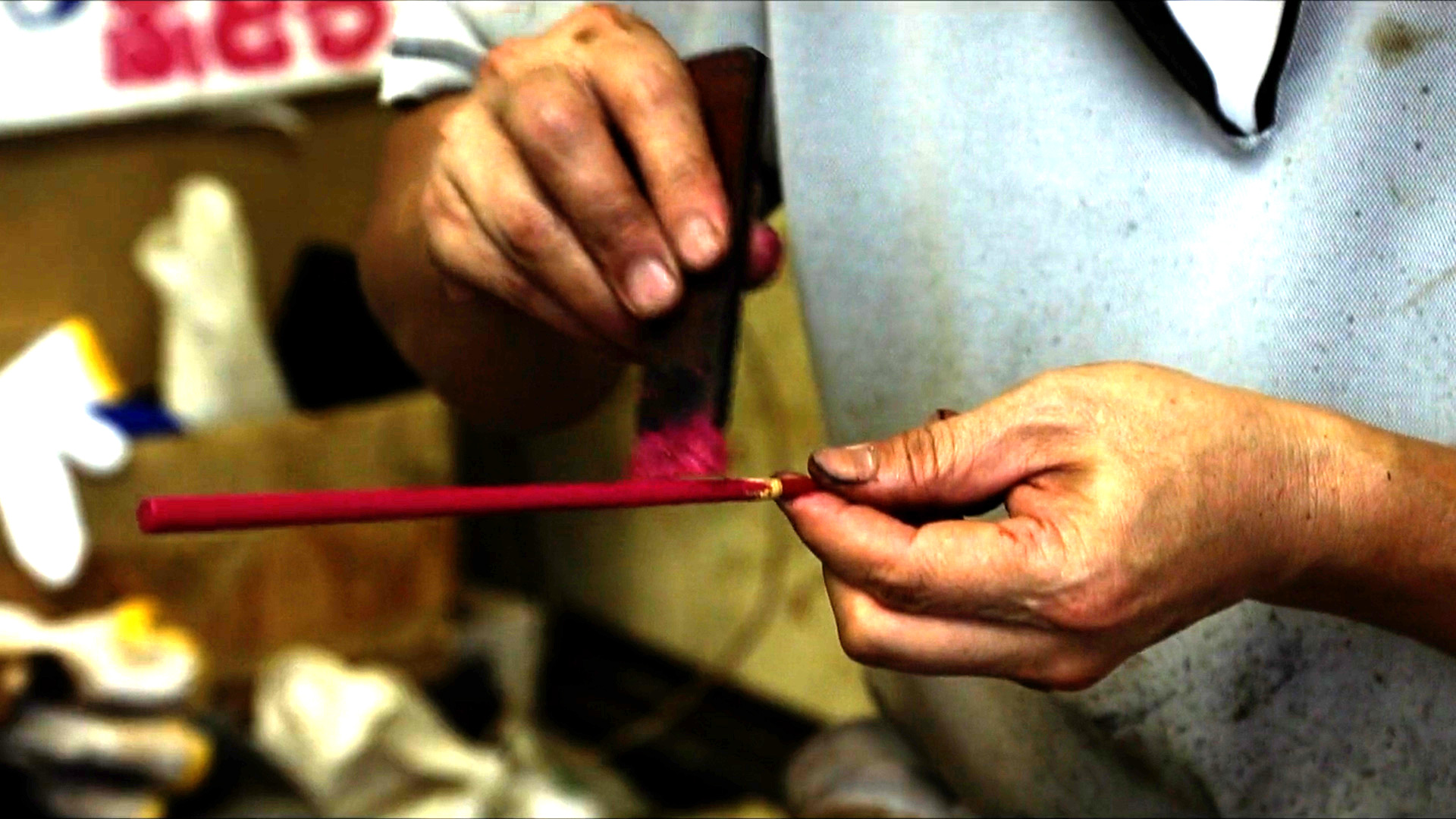
Urushi is a resin that has been used in Japan for more than a million years. Internationally, it’s better known as Japanese lacquer. The resin is made from the sap of the Urushi trees and is used as both glue and coating. In Japan, it has been used for many things, but the most common example is tableware.
SHIKKI:
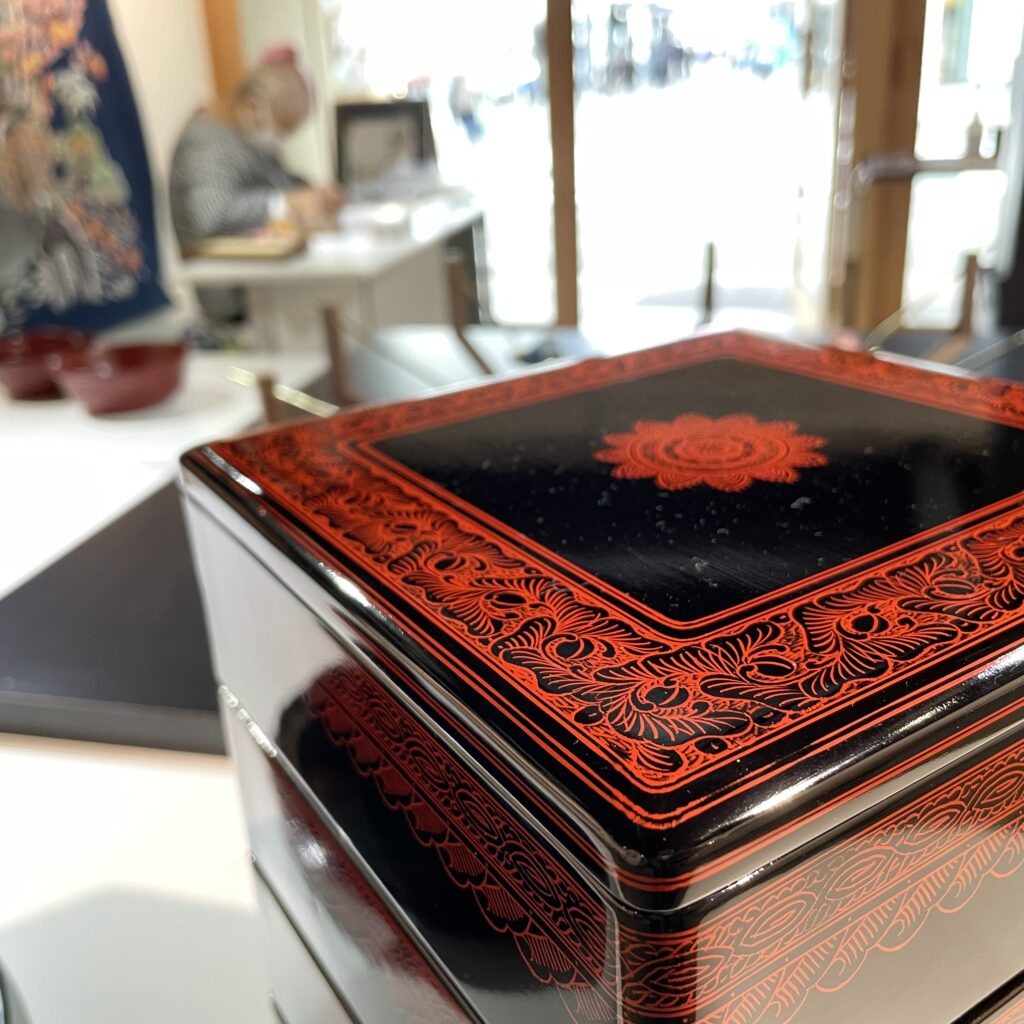
Shikki is a general term for items covered with Urushi. Different regions in Japan are known for their unique styles and uses of Urushi. Kagawa (Shikoku, Japan), where we are based, is one of the remaining Shikki-producing regions. You often find the indication says “the name of area + Shikki” for Shikki categories. So, the Shikki I can coordinate is most likely to be “Kagawa Shikki.”
Because of the meticulous and various techniques developed, Shikki has been admired internationally as an Objet d’Art for centuries. However, by the end of this article, you will realize that Shikki has more superpowers than just being pretty.
Facts of Urushi
My father was a local crafts enthusiast, particularly for Kagawa Shikki. That is why I grew up hearing about Urushi’s goodness from him. However, I was always skeptical about what he told me. “Where is the proof?” I always thought. There are so many old/traditional pieces of wisdom we hear, and some of them are wrong. For example, when you are stung by a bee, you should… I will not finish the sentence, but you know what I mean. Are all the things I heard from him true, or just one of these myths? Let’s find out.
“Urushi kills germs!” Truth or False?
Does Urushi really kill germs? Shikki users and producers widely believe this. Is there any scientific proof? If it does, how effective is it, and what kind of germs?
Here is the test result by “うるし振興研究会 /Urushi-Shinko-Kenkyu-Kai/ [Urushi Promotion Study Group]* (UPSG from now on).” They tested the most common bacteria that cause food poisoning and SARS-CoV-2.
Before I share the results, I must mention that I am not a scientist, and I know no one who is a scientist and fluent in English. Also, I was educated in the Japanese language, so explaining scientific things in English is not my strength. I try my best to share the UPSG’s test results in English as much as possible, but if you find some expressions odd or wrong, please kindly let me know.
About The Test
Tested Bacteria & Virus:
- Staphylococcus aureus
- Escherichia coli
- O157 (Enterohemorrhagic Escherichia coli)
- Salmonella
- SARS-CoV-2
Testing Method:
- Apply testing bacteria or virus on a glass surface with NO Urushi coating and WITH Urushi coating.
- Count the number of bacteria or viruses in one square centimeter at the beginning and 24 hours later.
- Compare the change in the number of bacteria or viruses on both surfaces.
Condition:
They used Urushi, which contains commonly used color pigment used in Shikki-producing regions, and ones that do not contain color pigment.
Testing agency:
Japan National Laboratory Accreditation System (JNLA) certified agency
The result is extraordinary. No wonder Urushi is often used for tableware! Now, keep the results in mind, and please start thinking, “What would you use Urushi for in your daily life?”
*うるし振興研究会 /Urushi-Shinko-Kenkyu-Kai/ [Urushi Promotion Study Group]: Comprised of the Ministry of Economy, Trade and Industry, the Traditional Crafts Industry Promotion Association, representatives of lacquer-related industry organizations, and experts, the purpose of this committee is to verify the further promotion of traditional crafts based on lacquer committee.
A Brave Young Lady’s Strong Love for Shikki
Let me introduce you to a brave young lady I met last year (2023). She is a staff member at a unique Shikki store in Kyoto. Kyoto has a long history and tradition of Shikki, but the store collects Shikki from all over Japan. They are good at finding avant-garde Shikki artisans. When I visited her at the store, she told me her brave action purely came from her love of Shikki.
She wanted to test whether “Urushi kills germs” is true. So, she put steamed rice, a Japanese main staple, in her Urushi lunch box and left it out at room temperature, with no refrigeration. She ate the rice from the box one bite per day until she found the rice had gone off. “It was surprisingly tasty for at least three days, no problem!” she told me with a confident smile. Not to mention, steamed rice is high in moisture and nutrients that many bacteria love. Her struggle to let many people know about the goodness of Shikki but not finding a great way to do so led her to the test.
*Although the test results by the laboratory and her test prove Urushi kills germs, if you put something highly contaminated from the beginning, it still exposes you to a high risk of food poisoning.
Other Characteristics of Urushi
Some say Urushi is the best resin humans have ever developed. This is not just because it kills germs, as the test result earlier shows. Urushi also has other unique characteristics. Let’s go over Urushi’s other uniquenesses.
- Resistant against acid, alkali, and alcohol
- Great durability
- Water-resistant
- Heat retaining
- Being able to use it as glue and coating (paint)
- Repairable
- Although Urushi is made of tree sap, aqua regia, a mixture of sulfuric and nitric acid that eats gold, will not eat it.
Once it is cured, the hardness increases to 5H~8H, which is the hardest resin and as hard as ordinary glass. This character adds durability to anything you apply thin layers of Urushi. This means you can have light and durable items with it.
Our collaborating Shikki Studio keeps one kind of artifact to back the theory.

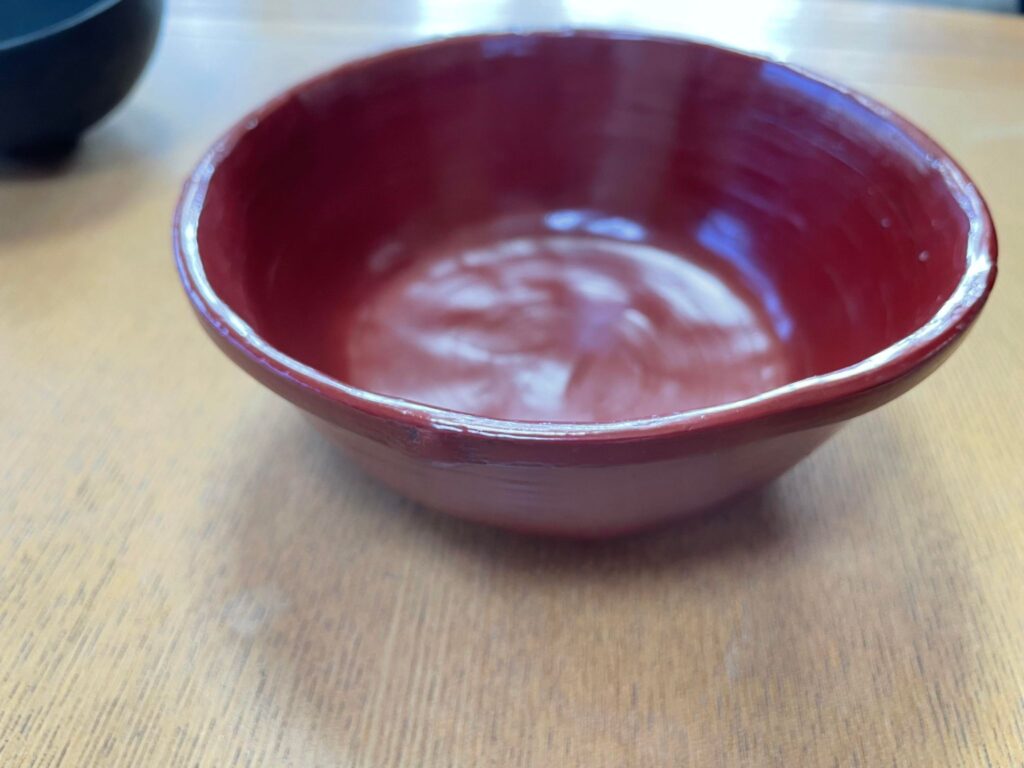

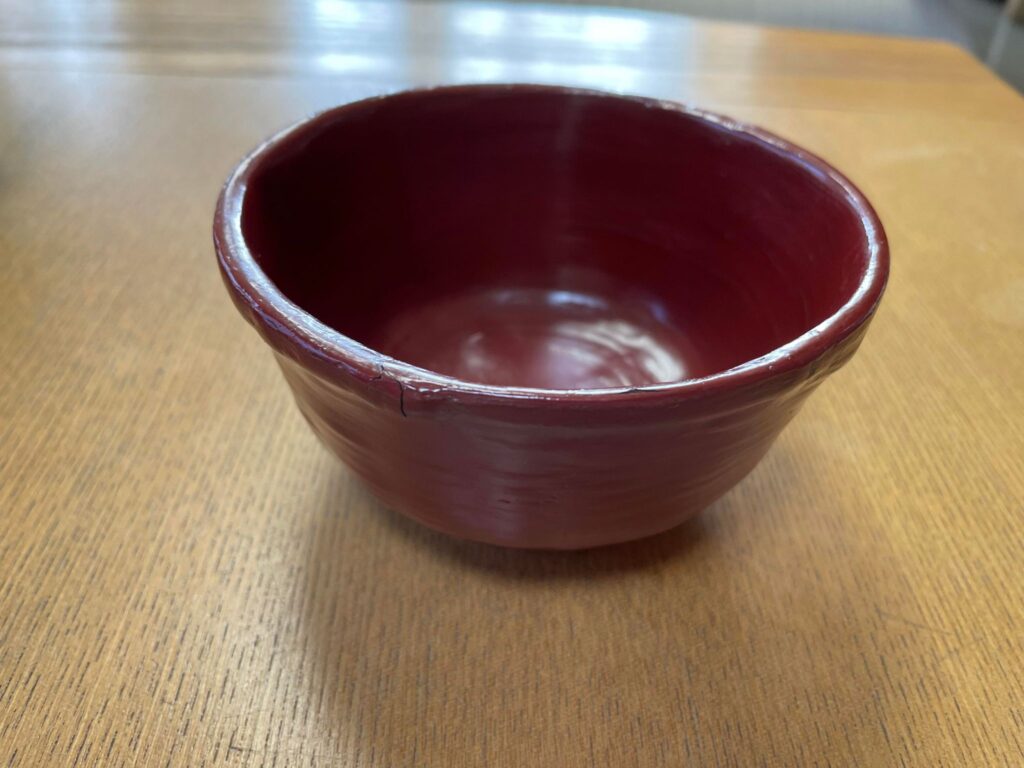
Can you guess what these are? They are some of the things that our collaborating Shikki Studio used to produce during WWII.
They were Urushi-coated bowls for Japanese soldiers at the time. The base of these bowls is woven bamboo strips. Without the Urushi coating, these are just bamboo baskets. By filling the mesh of these baskets and coating them with Urushi, they became light, durable, hygienic, and repairable tableware. Because of Urushi’s heat-retaining character, even if the bowls are thin and hot soup or meals are in them, soldiers can hold them.
When I observed the bowls in my hands, I realized one thing. How genius is it to use wide mesh bamboo for the base? During WWII, Japan suffered from a lack of resources. But bamboo is everywhere and grows so fast. By making the basket with wide gaps, they can shorten production time and require less material! Also, the minimum usage of bamboo even makes the bowls extra light!
These nearly 80-year-old artifacts show Urushi’s actual ability.
Too Good To Be True. Any Downside?
As Superman has kryptonite and Lois Lane, Urushi also has its weaknesses.
- Being left exposed to sunlight too long.
- Being scrubbed by metal sponges and abrasives.
- Modern technology: dishwashers, dryers, ovens, microwave ovens, or any similar appliances.
- Being submerged in water for an extended period.
- Anything hotter than 70℃/158°F.
These may sound like delicate items to handle, but in everyday usage, you usually won’t feel Shikki needs extra care. Most of the food or drink we have is less than 70℃/158°F; otherwise, we burn ourselves. Do you use metal sponges for your wine glasses?
Repairable Even 500 Years Later
What’s the worst that could happen? Discoloration and cracks on the surface. When that happens, Urushi’s strength covers it; it’s repairable. You can bring the Shikki into the Shikki studio for repair or repainting. Years ago, I met a Shikki Studio sales rep from Kyoto. His studio has centuries of history, and he told me that it constantly gets repair work. One of his regular customers brings in 500-year-old Shikki for repair once in a while.
Summary of the Power of Urushi
Before I wrap this article up, let’s review the characteristics of Urushi.
Strength:
- Antiseptic & Bactericidal: We reviewed the test result.
- Resistant against acid, alkali, and alcohol: it’s not eaten by aqua regia, a mixture of sulfuric and nitric acid that eats gold.
- Great durability: the hardness of 5H~8H (standard glass).
- Water-resistant.
- Heat retaining: you can hold the Shikki bowl even if the hot soup is in it.
- It can be used as glue and coating (paint).
- Repairable: This covers Urushi’s weakness. Some people have been using the same Shikki over generations for 500 years.
Weakness:
- Being left exposed to sunlight too long.
- Being scrubbed by metal sponges and abrasives.
- Modern technology: dishwashers, dryers, ovens, microwave ovens, or any similar appliances.
- Being submerged in water for an extended period of time.
- Anything hotter than 70℃/158°F.
One Thing That I Forgot to Include

Urushi comes in many colors!
Beyond Tableware
I might have given you the impression that Urushi is used for tableware. Still, it has also been used for a variety of other things, such as accessories, pill boxes, stationery, furniture, and more. I think I’ve heard the first piano became black because it was painted with black Urushi, but I couldn’t find a source to be sure.
What would you like to use Urushi for?
Considering both Urushi’s strengths and weaknesses, do you have any idea what might benefit from using Urushi in your daily environment? During the pandemic, I was thinking of elevator buttons, switches in public places, or door knobs. Now, I am looking down at my fingers…and thinking, “How about the keys of keyboards?” Have you come up with any wild or practical ideas? If you have, please let me know.
We live in the most technologically and scientifically advanced era in human history. When new problems arise, we tend to look for solutions to something new. But today, we are also seriously considering sustainable solutions for our future. When it comes to sustainability or more eco-friendly choices in everyday practice, we might have underestimated the benefits of something old or traditional.
As with Urushi in this article, once we scientifically analyze something that’s been around for centuries or millennia, we might discover something great that can help us find solutions for a better future.
Is there anything in your culture that has been passed on for generations, but no one has really looked into the science behind it? Something like, “My grandmother used to tell me when ‘something’ happens ‘do this,’” sort of thing. It might become the first chain to solve our problems all over the world.
In this article, I discussed the science behind a traditional material—Urushi. In the following article, I will discuss traditional fashion that is logical, efficient, sustainable, and fashionable! If fashion is more of your cup of tea, please don’t forget to follow me on LinkedIn.
Thank you for reading till the end. See you next time.

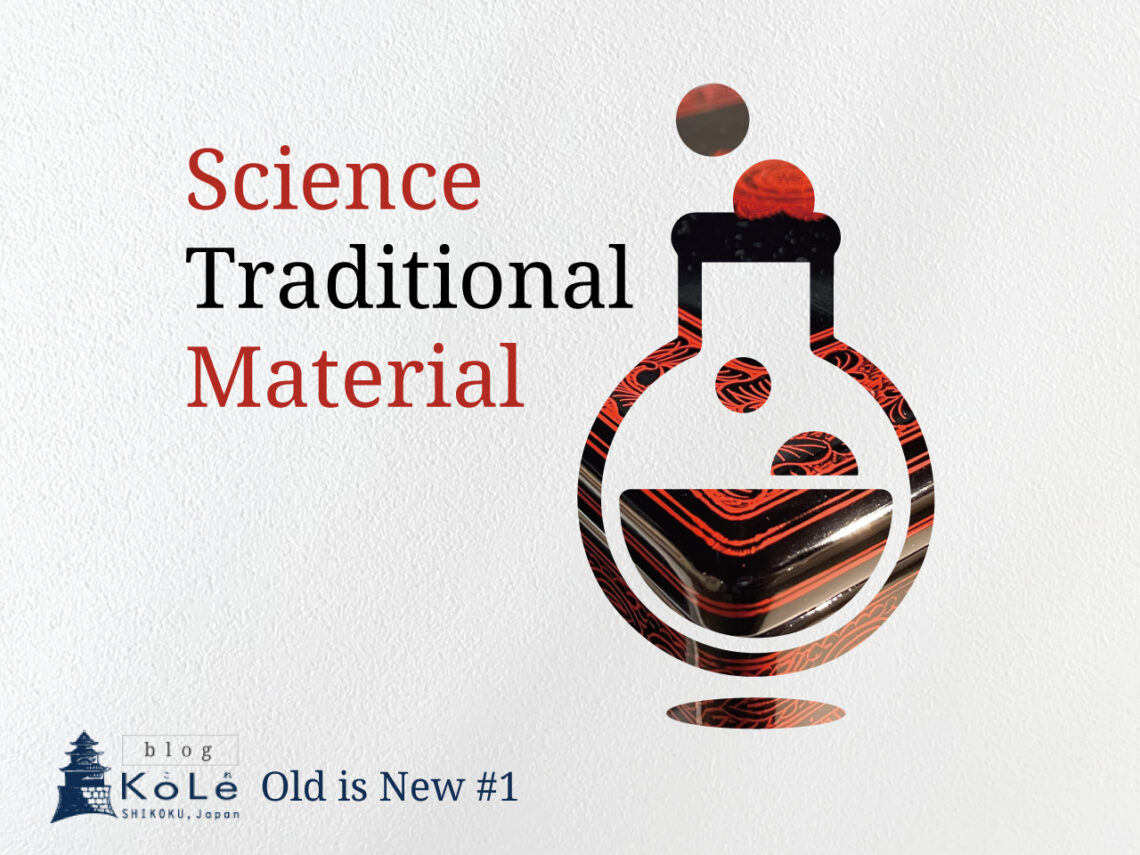




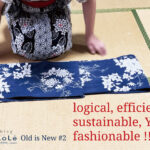
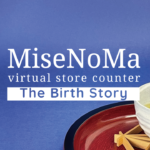
Comments by satoko